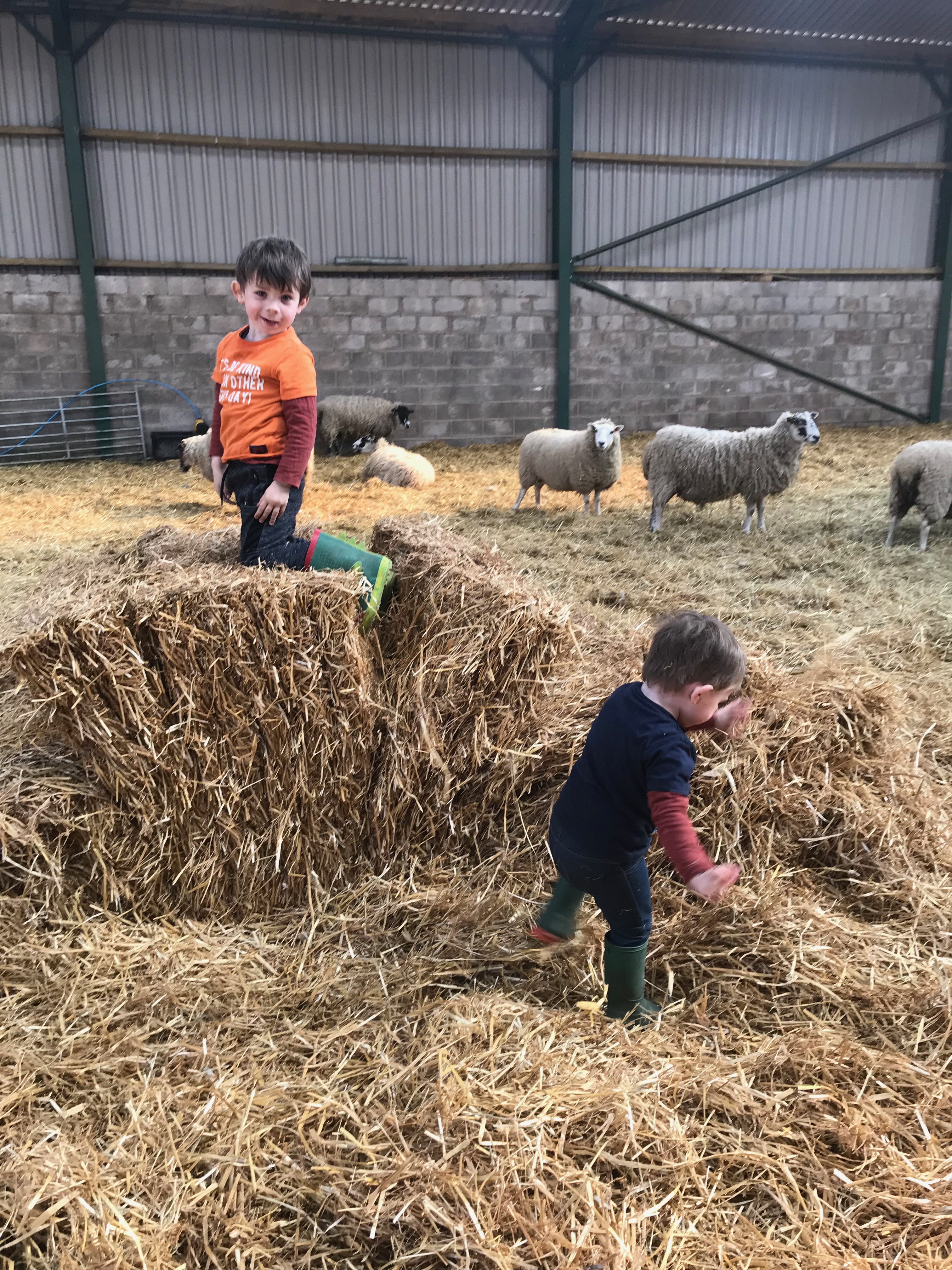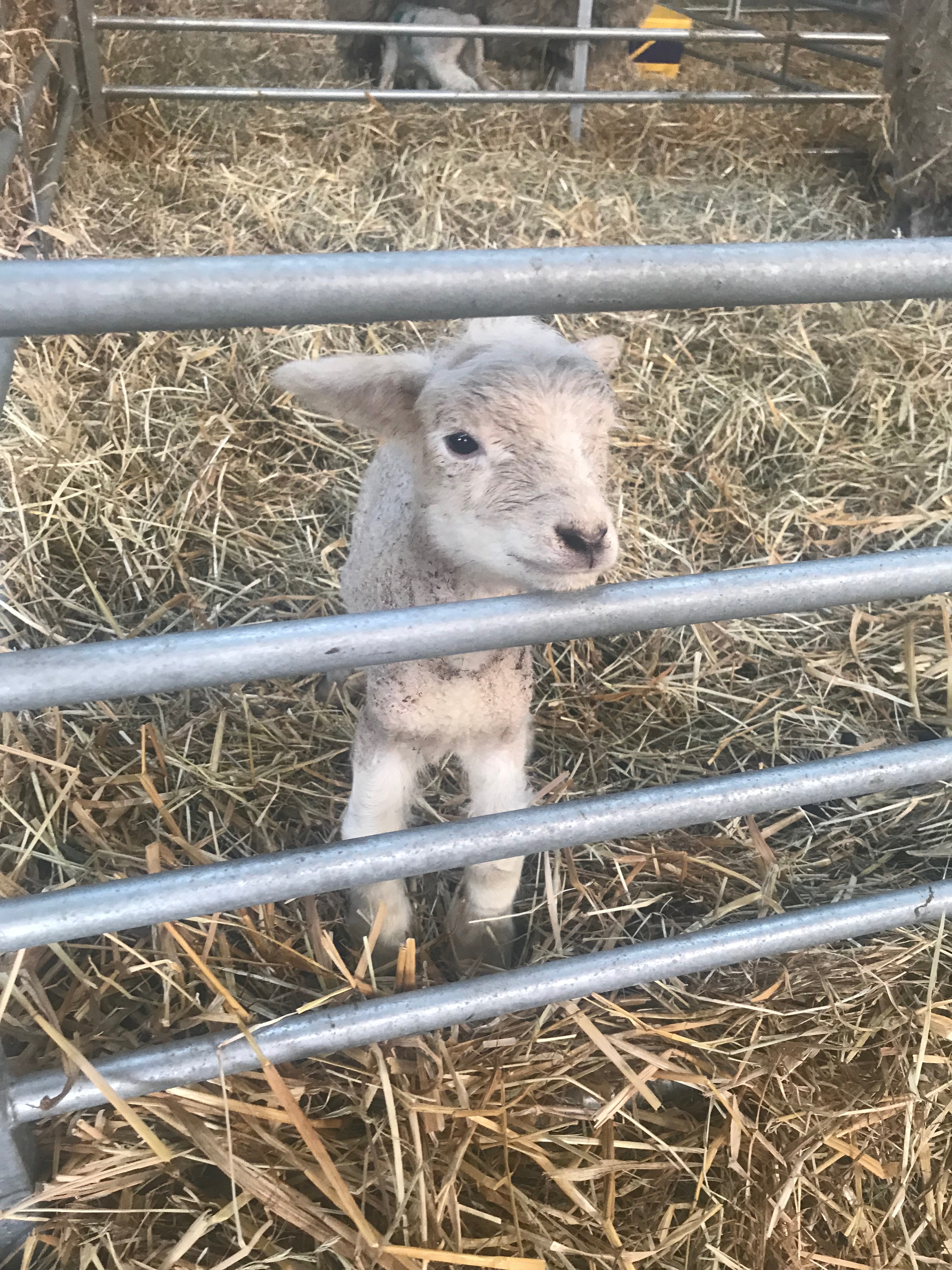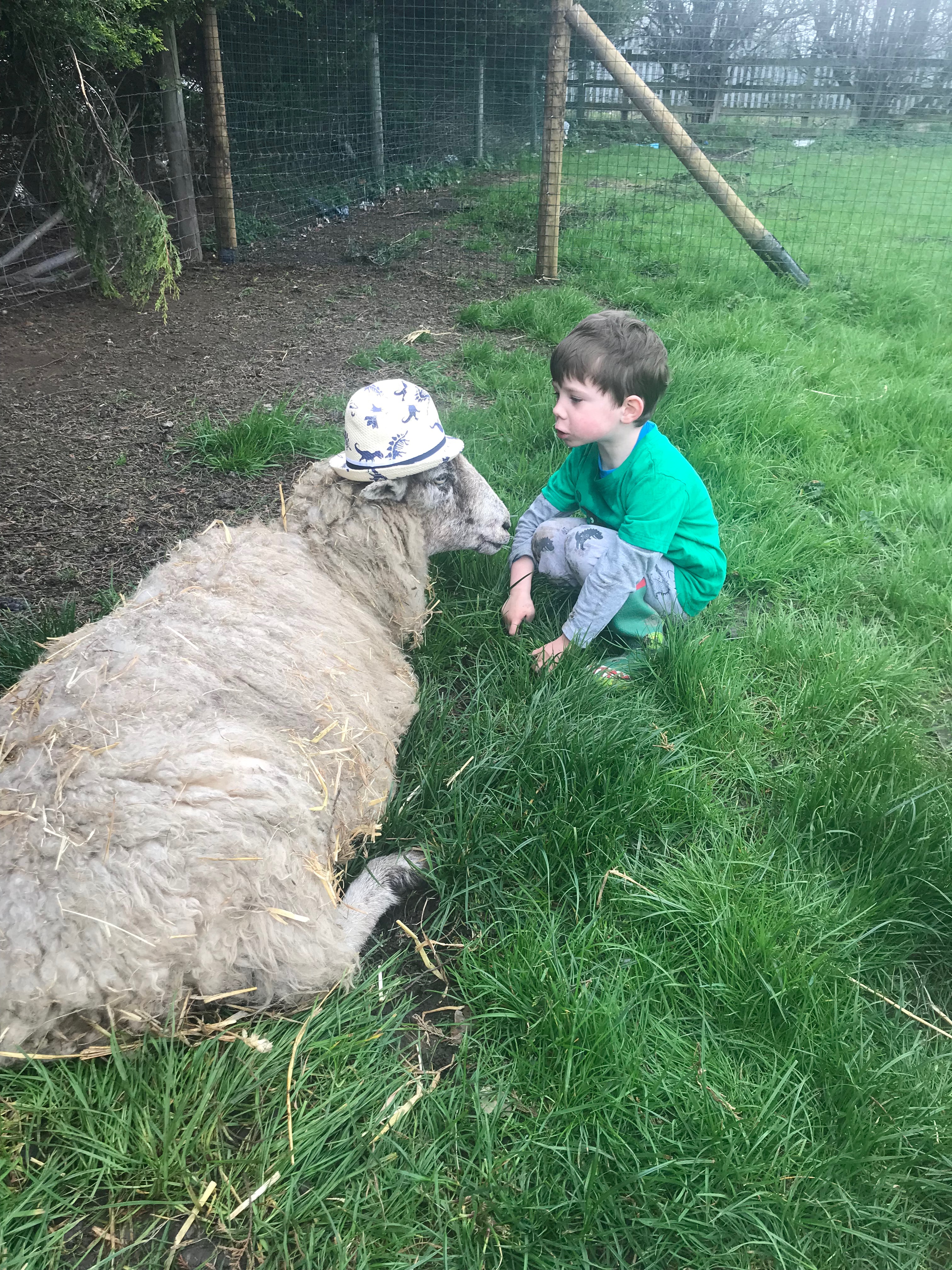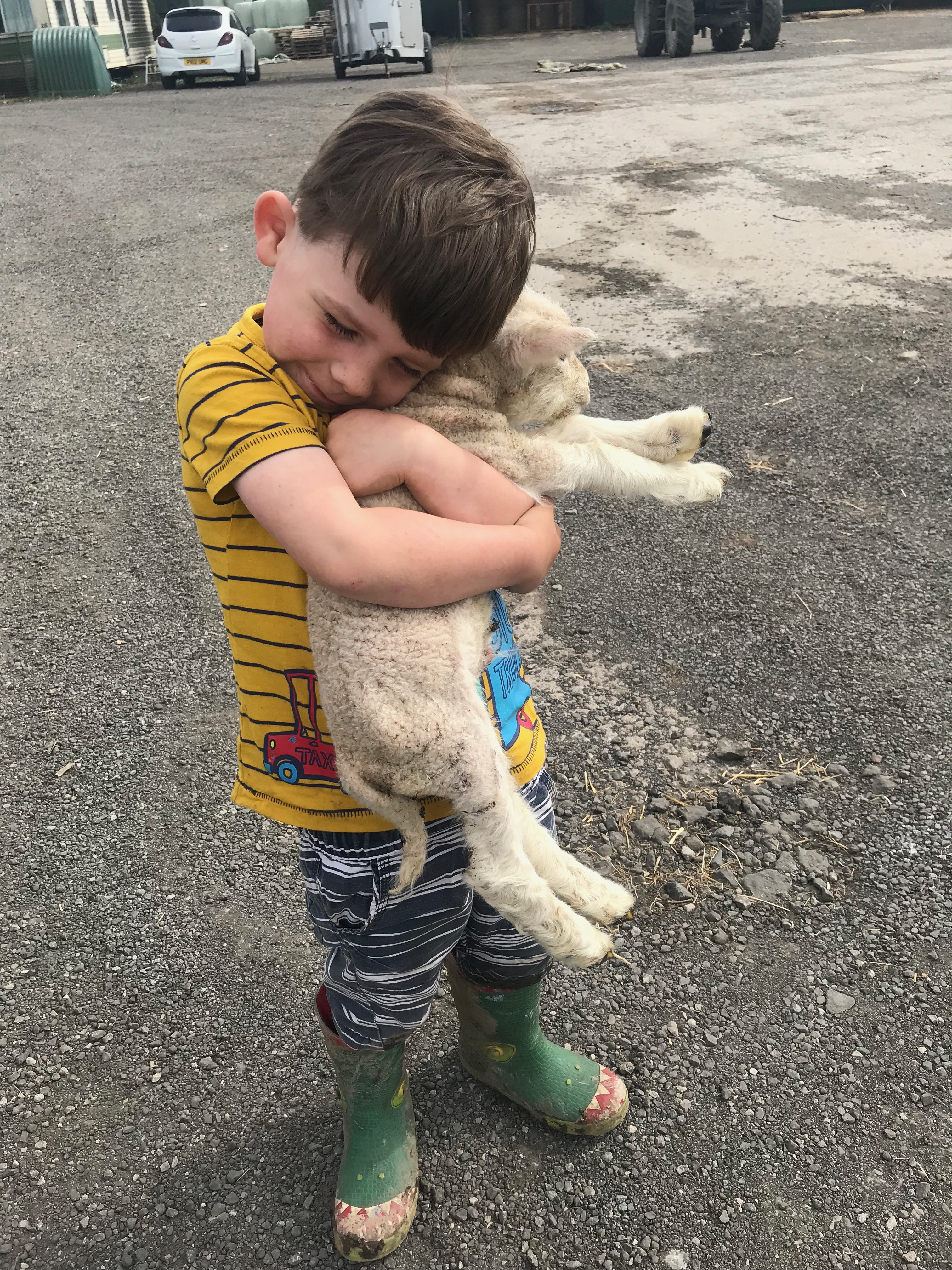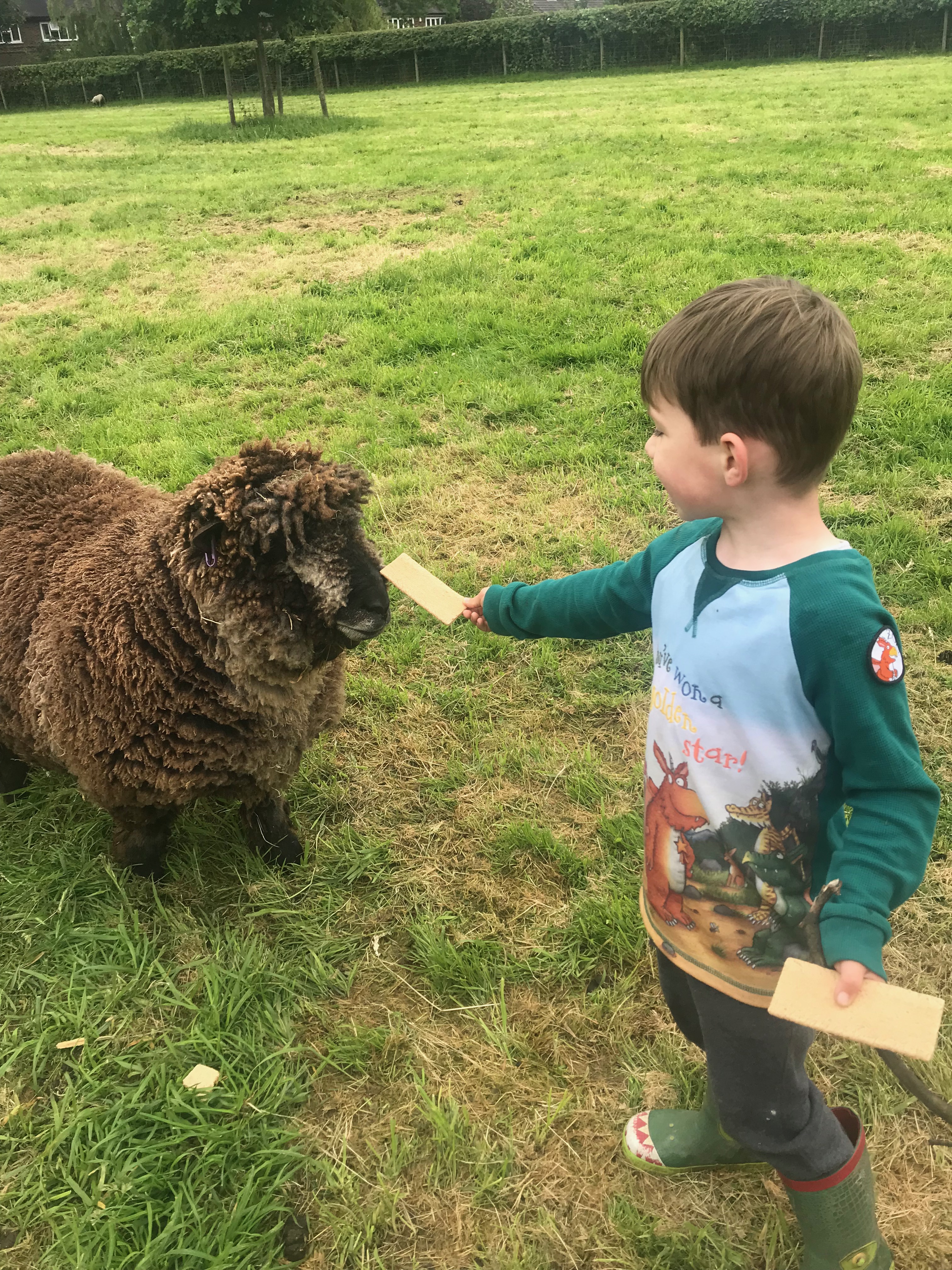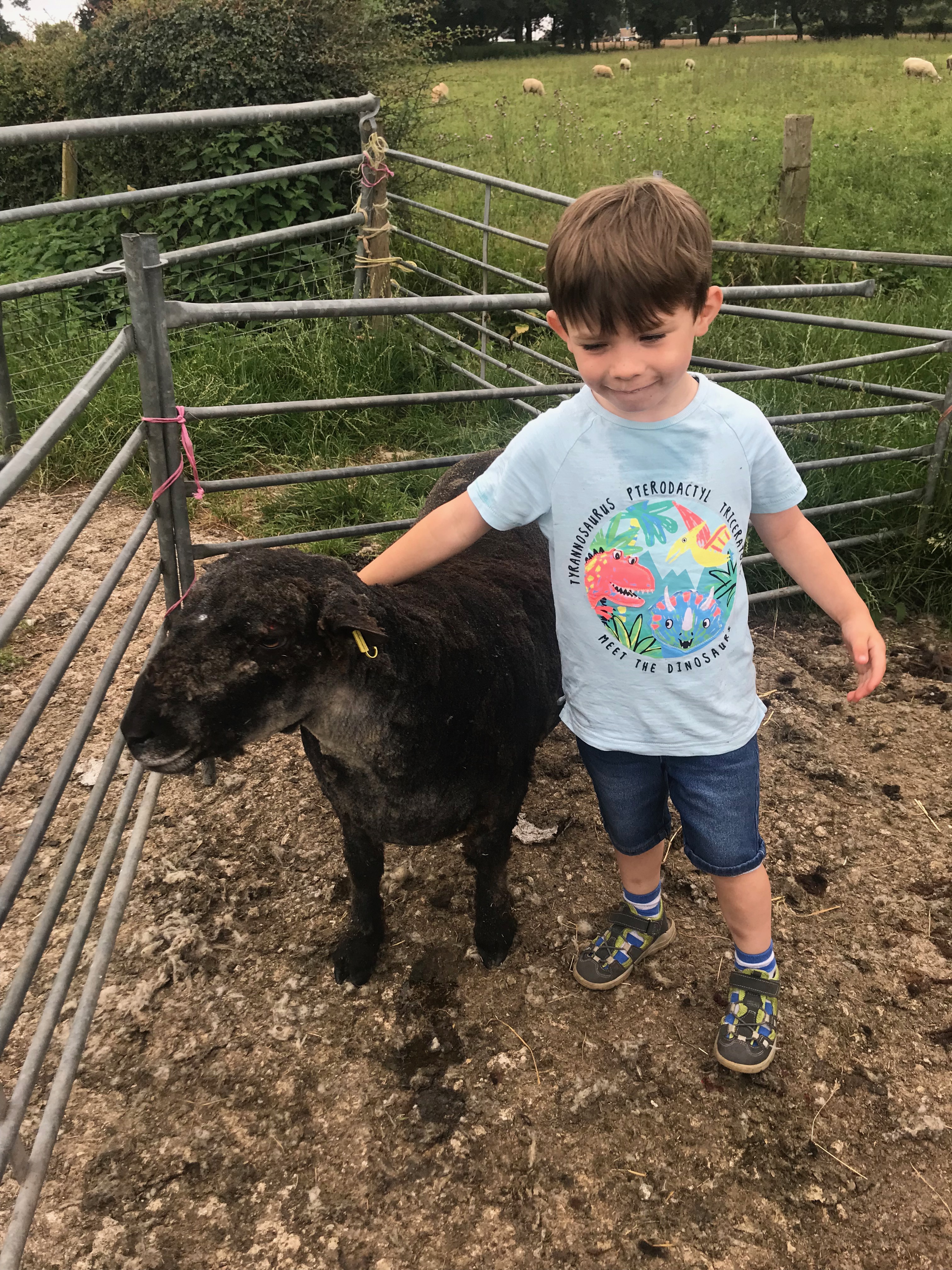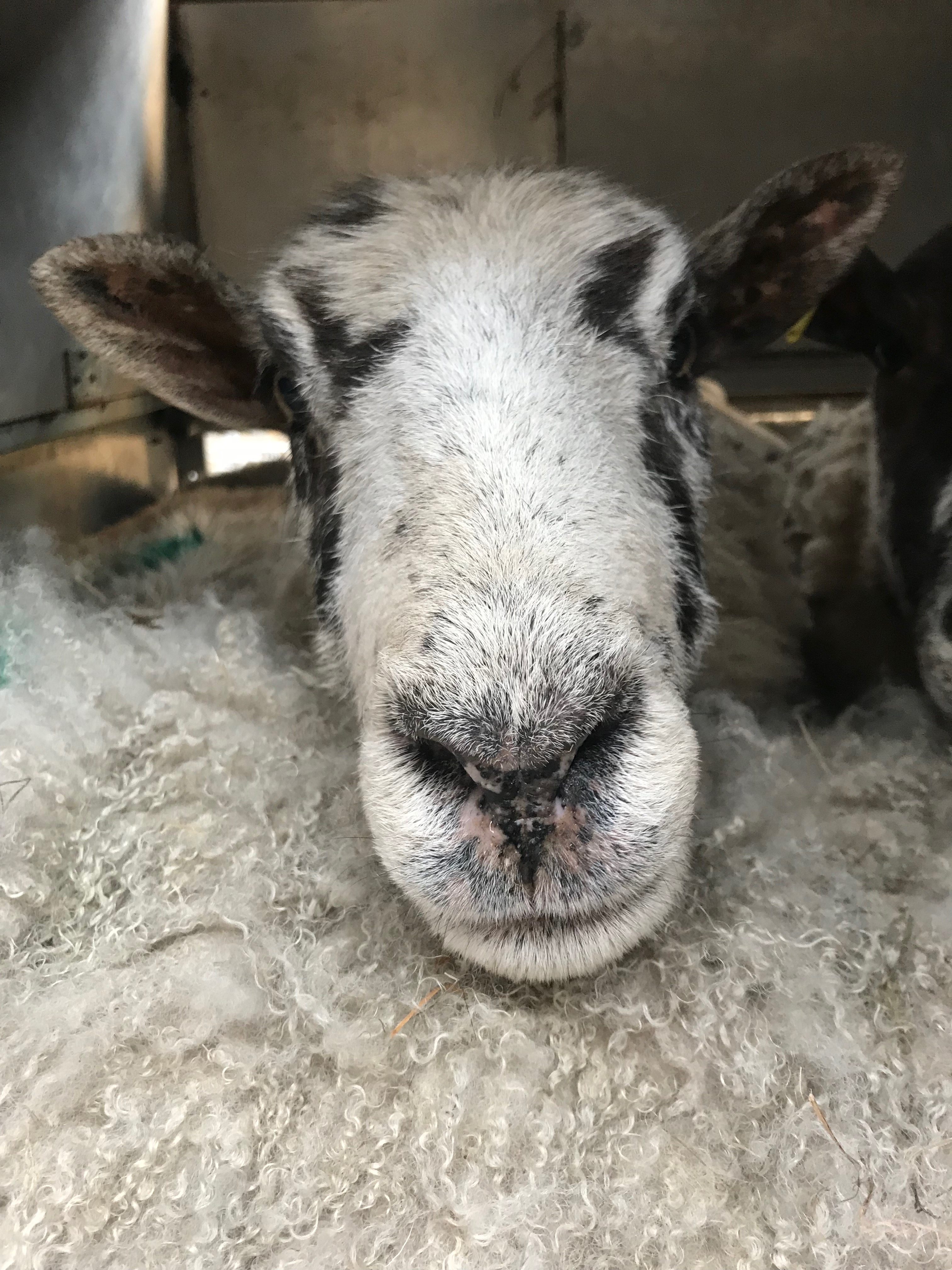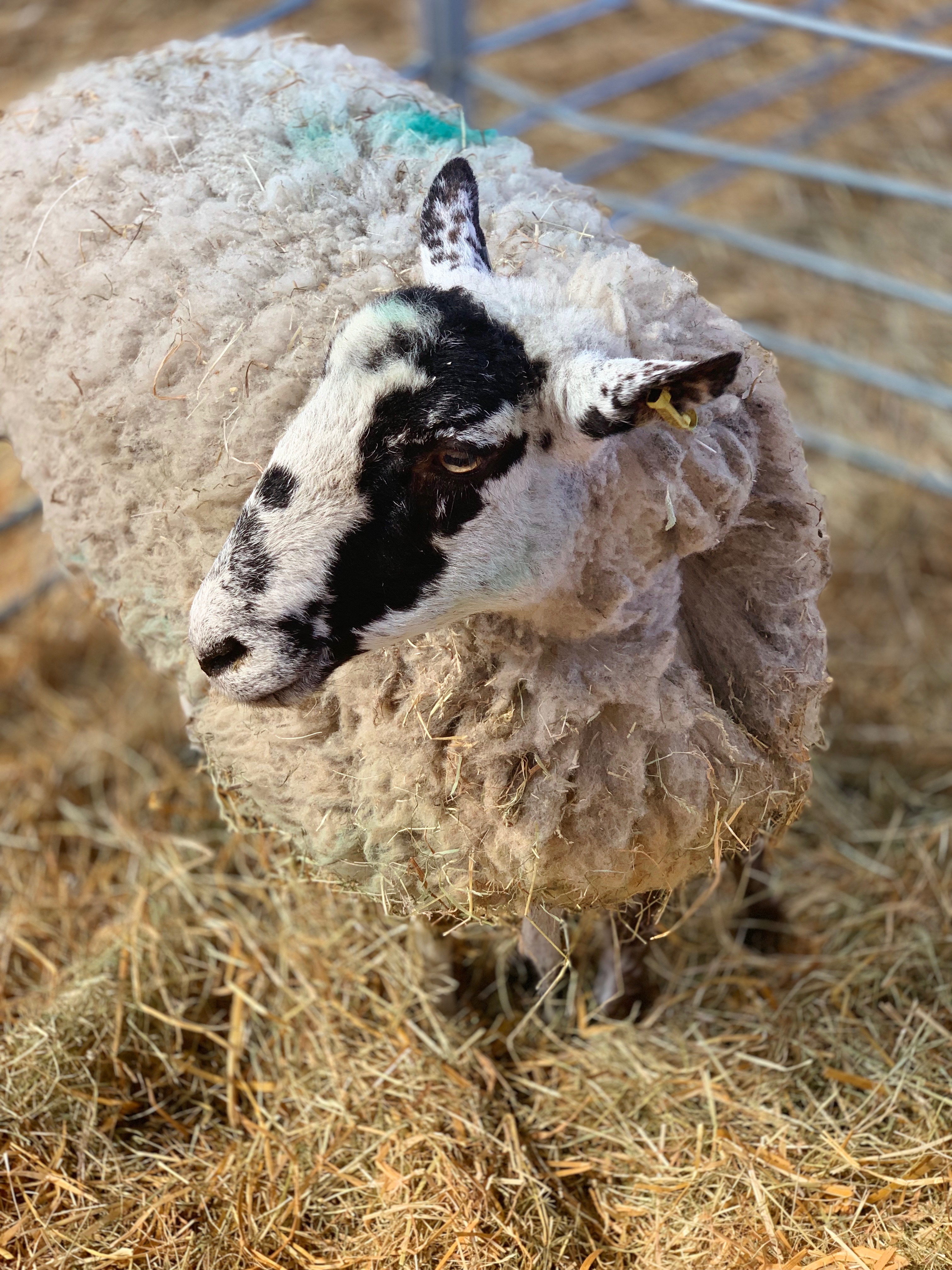The Annual Cycle of a Sheep Farming Family, 2019
I usually always write about our sheep farming year around this time because it coincides with Love Lamb Week at the start of September but I haven’t written an update since 2017 so I thought I would fill you in.
The last year for us as sheep farmers has been good because the lambs have fattened up nicely without the need for extra food which inevitably eats into any profit we make.
As commercial sheep farmers, we give our animals the best possible start in life and hope that this is reflected in the taste when the time comes.
In November 2018, we set the rams onto their ladies for mating. I don’t know what was happening then as I usually go and take photos but for some reason I didn’t and the farmer didn’t take any but we defiantly had lambs so it did take place.
We always put the rams in with the ewes on bonfire night. Some might say it is to ensure mating goes with a bang but the reality is, it is a date that is easy to remember each year and we can then work out approximately when lambing will take place.
They males and females stayed together until mid-December, then the rams were sent to either the horses paddocks or our back fields to live out the rest of the year.
The rams used to winter in our front field but due to my expanding pet collection and the fact that I would quite often be chased from the field when putting the hens away, I put my foot down and the rams were moved.
We had six rams at this point in the year-three Charolais, one Texel and two Romney.
After the snow, we just had to make sure the pregnant ewes were getting fed enough as the grass in winter is not very nutritious and frost and snow can mean sheep are not having anything to eat for most of the day so sheep nuts (a dried food in pellet form) and dried grass (silage or hay), supplements their feed.
Lambing seemed to take a long time to get going in 2019. We were anxiously waiting for what seemed like ages but, as in other years, we had little to worry about as they started to come thick and fast.
We were a bit more relaxed about taking triplets off the mothers unless they were failing to thrive so our pet lamb area was smaller than some other years.
Sheep only have two teats so if they have triplets, you have to make sure all three lambs are getting fed enough.
First time mothers often only have one lamb. Maybe it I nature’s way but that is not to say a first timer won’t have more than one. Twins are the norm for many ewes and I think most sheep farmers will tell you they are happy with twins.
We had a few sets of triplets this year and the majority did do well. More than three is rare but it does happen. I have seen a few people posting on social media with more than three. One person had a sheep give birth to five. That is not a regular occurence. You wonder how the ewe walked.
With lambing over, we got the rams in to give them a health check and the two Romneys were suffering due to a warmer than average spring so we took the decision in April to shear the rams and it was a fun Saturday morning for the whole family.
Shearing of the main flock then happened in June and with new shearers, what usually took the whole day was over and done with in a morning which was a welcome surprise to the farmer and I who resign ourselves to a day of shearing. It was all hands on deck and great fun and hard work was had by all.
I had been looking at getting some sheep of my own. A couple of years ago, I decided on Romneys but they are so hard to get hold of in our part of the world that this year, I was looking at Ryelands.
Ryelands can be either white or coloured and either type can produce lambs of either colour if that makes sense.
We bought a ram just after shearing which was a shame because he hadn’t been sheared and he was very woolly.
Shaun (named by the children) is a coloured Ryeland so I decided to go for coloured ewes and transported three ewe lambs home in the boot of my car which has totally stunk out my car, still.
They are probably not going to be mature enough to be put to ram this year so I ended up seeing a cream and a coloured Ryeland ewe for sale and the man delivered them to me when I had thought the farmer would be baling and so not in the yard.
Unfortunately it didn’t work out like that and I had some explaining to do but at least I have two ewes who will be hopefully having little Ryeland lambs next year.
We had to find someone to shear Shaun and an old-school farmer from up the road said he would do it so we all piled into the pick-up and went to get Shaun shorn.
He wont be winning any beauty competitions until his wool grows back but he is the tamest, most loveliest ram we have ever had and even the children cuddle him and play with him which is lovely.
I did a bit of reading about the breed and apparently, they are one of the oldest breeds of sheep in England and originated from Herefordshire and Queen Elizabeth I was a big supporter of Ryeland wool.
So as we head into another year as sheep farmers, I think it is fair to say that Brexit is at the forefront of our minds and our worries.\
The farmer is hoping to buy some store ewes in this autumn but we have no idea what Brexit will do to the prices.
Likewise, we haven’t taken any of this year’s lambs to market yet so we are wondering what this uncertainty will mean for prices.
We love our sheep, as do most sheep farmers and the only way you can ensure the future of British lamb is by buying it.
Let’s see what the next year brings.

